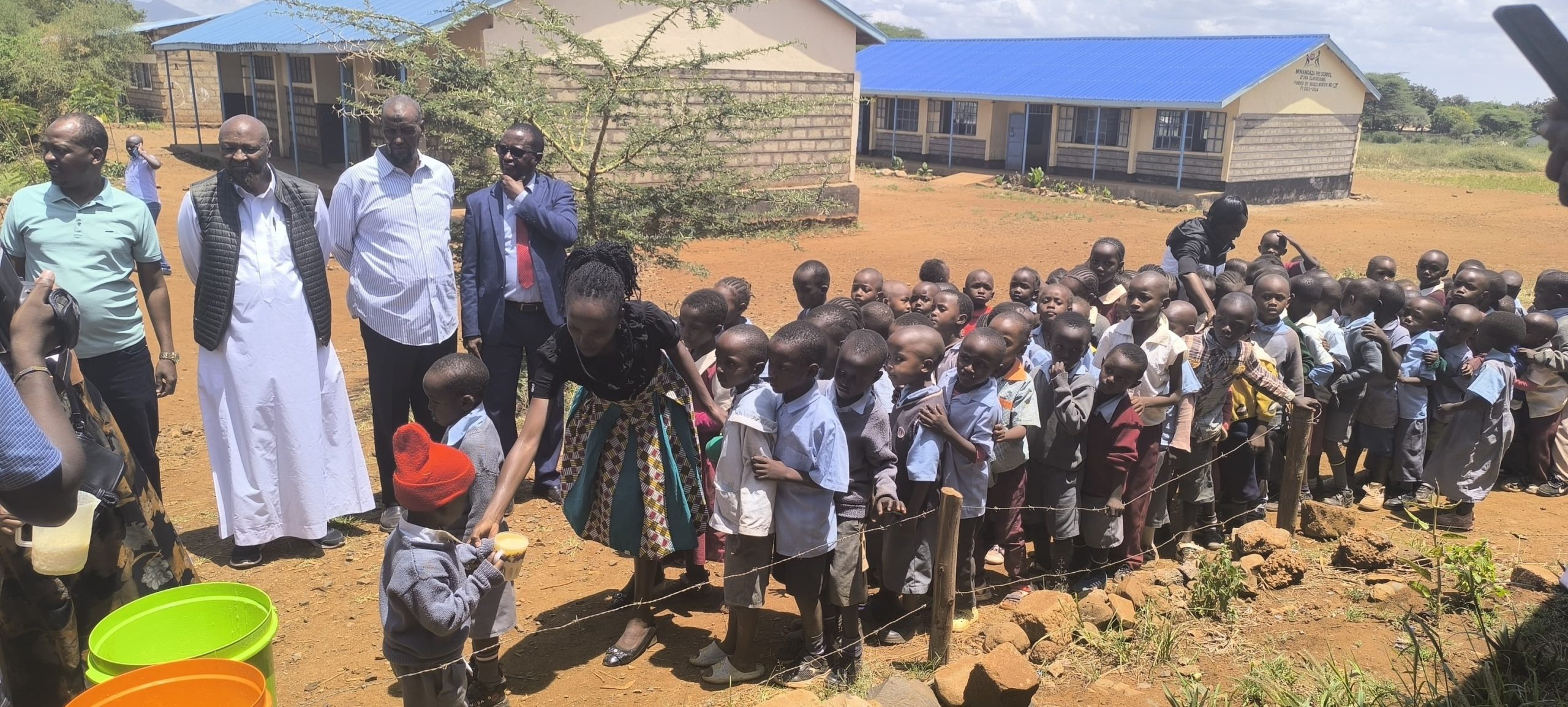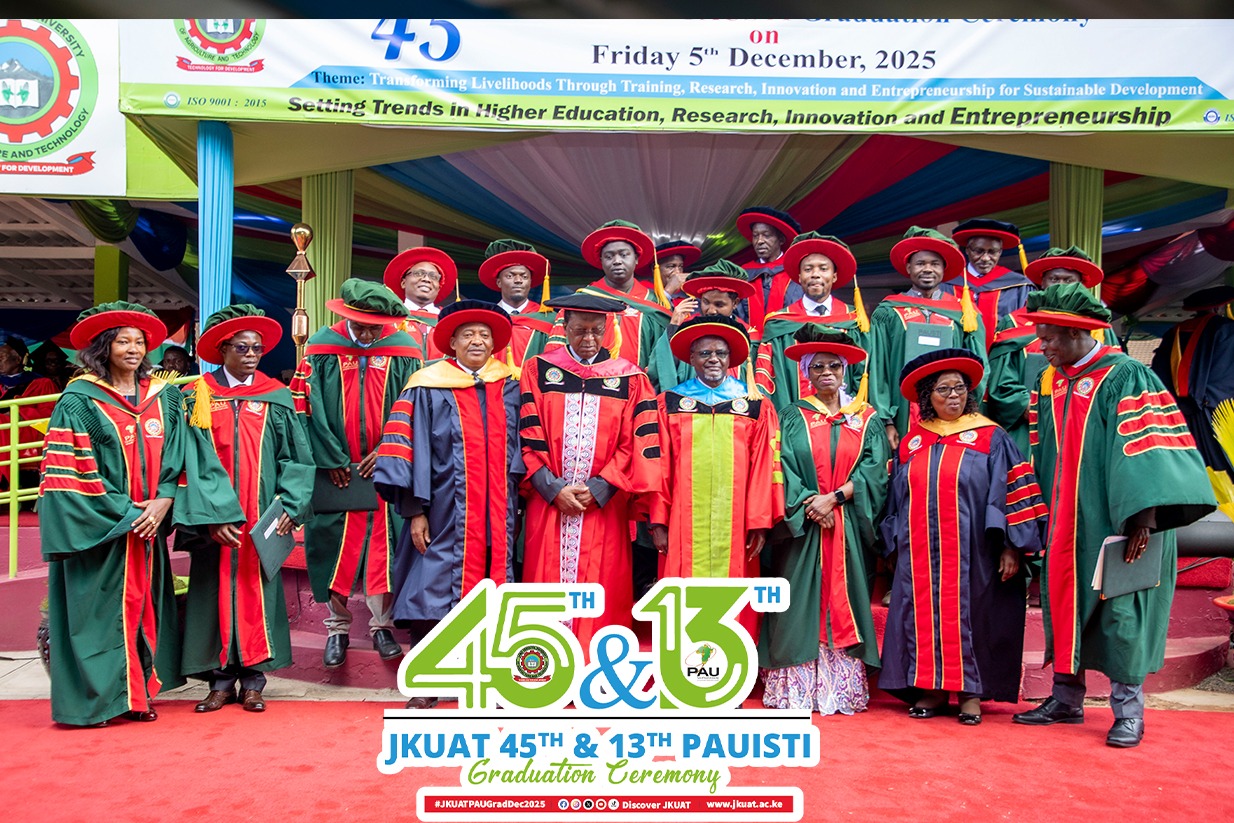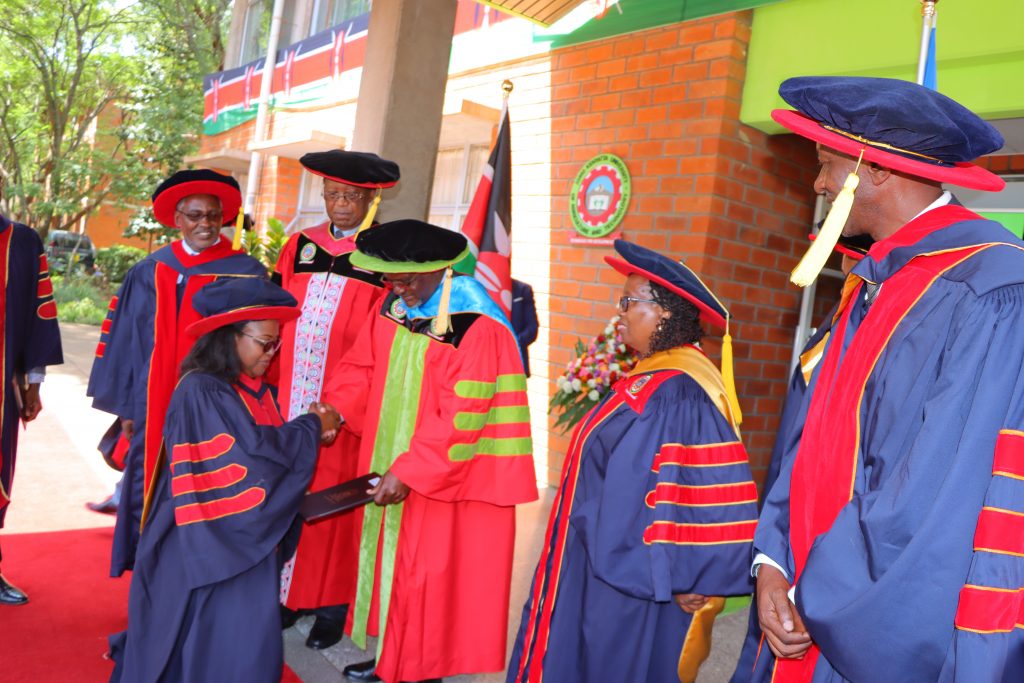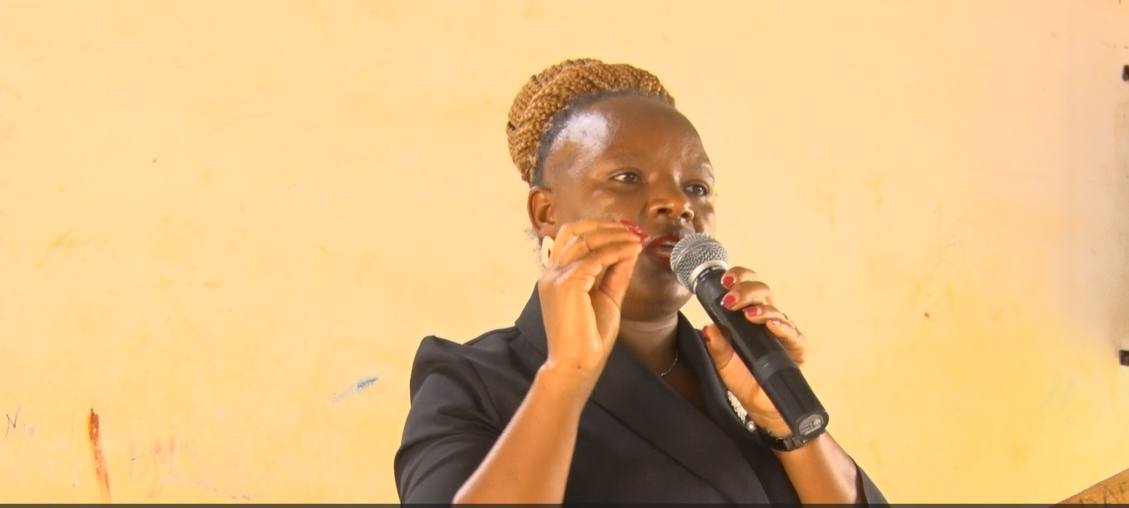This journey across Isiolo, Laikipia, Meru, and Narok has opened my eyes in ways I could never have imagined. Each school I visit has its own character, its own struggles, its own hidden gems. After my enriching encounter at Ngarendare Junior School in Laikipia, where leadership by proximity revealed the power of humility and openness, I found myself in Isiolo County, in a school called Shambani. From the sound of the name alone, one might expect simplicity, rural isolation and perhaps the daily struggles of life outside the bustling towns. Yet what I experienced at Shambani was more than just simplicity – it was a stark lesson about resilience, sacrifice and the realities of education in many parts of Kenya.
The day was hot, the kind of heat Isiolo is known for, dry winds sweeping across the dusty compound as I arrived. The children, in their neatly patched uniforms, welcomed me with shy smiles and curious stares. I had been invited to speak to the Grade 9 KJSEA candidates, and as always, I wanted to offer hope, confidence, and encouragement. But before I could even begin, I noticed something unusual. There was no aroma of food drifting from the kitchen area. No sound of clattering sufurias. No movement of cooks preparing the midday meal.
At first, I thought it might have been an issue of timing, but then I came to learn from the head teacher and staff that the students at Shambani had no lunch that day. In fact, going without lunch was not unusual – it was the norm more often than not. Parents, many of whom were small-scale farmers and herders struggling to make ends meet, could not consistently contribute to the school feeding program. Resources were scarce, and sometimes the school could only provide lunch once or twice a week, depending on community contributions and the unpredictable availability of supplies.
ALSO READ:
Debate unfolds as schools mull introduction of VAR in games from next year
I paused as I took in this reality. Here were learners expected to give their best, to prepare for an exam that could determine the next stage of their education journey and yet their stomachs were empty. Education demands concentration, discipline, and energy, but how does one focus when hunger gnaws silently inside? It is easy to stand before students and speak about resilience and determination, but in that moment, I felt humbled. These young people were not just battling exam anxiety; they were waging a daily war against hunger and still, they came to school.
When I began my pep talk, I could see their eyes – some alert and eager, others visibly tired. I chose my words carefully, knowing that beyond encouragement, what they needed was recognition of their struggle. I told them that their very presence in that classroom was a mark of resilience. To sit through lessons on an empty stomach, to walk long distances under the sun just to reach school, to keep showing up even when the circumstances were stacked against them – that was a kind of victory already. The KJSEA exam would test their knowledge, but life had already tested their spirit.
The teachers, too, carried heavy hearts. They explained how difficult it was to teach learners whose hunger often overshadowed their concentration. Yet they pressed on, improvising, encouraging, and trying to keep morale high. Their dedication reminded me that education in Kenya is often sustained not by perfect systems but by the willpower of ordinary people who refuse to give up. At Shambani, I saw teachers who could easily have been discouraged but instead chose to soldier on, believing that even in hunger, a seed of hope could be planted in the minds of their learners.
ALSO READ:
Marginalized group in Narok petitions MoE, TSC for leadership ranks appointment
Walking around the school compound, I reflected on what it meant to benchmark from such an experience. The lesson here was not about infrastructure or technology. It was about empathy. It was about understanding that education cannot be separated from the social and economic conditions of learners. Feeding programs, often taken for granted in well-resourced schools, can be the difference between attendance and absenteeism in rural Isiolo. Without food, the classroom becomes a place of endurance rather than discovery. And yet, despite this, the learners of Shambani showed up. Their determination was a silent protest against the barriers around them.
As I left the school, I carried with me a heavy but important reminder: when we speak about equity in education, we must go beyond the rhetoric of policies and consider the realities of the child in Shambani. Access is not just about having a classroom to sit in; it is also about having the strength to stay in that classroom and absorb what is being taught. Hunger and learning cannot coexist comfortably, yet here was a school where both did, day after day.
For me, Shambani was a sobering chapter in this journey. It revealed the harsh truth of inequality, but also the extraordinary resilience of learners and teachers who refuse to be defined by their circumstances. If education is the great equalizer, then surely society must first equalize the conditions that allow children to learn. Until then, the silent courage of places like Shambani will remain both an inspiration and a challenge to us all.
By Ashford Kimani
Ashford teaches English and Literature in Gatundu North Sub-county and serves as Dean of Studies.
You can also follow our social media pages on Twitter: Education News KE and Facebook: Education News Newspaper for timely updates.
>>> Click here to stay up-to-date with trending regional stories
>>> Click here to read more informed opinions on the country’s education landscape





